 Software Tutorial
Software Tutorial
 Office Software
Office Software
 I don't want the 'restriction protection” of the Excel table, how to cancel it?
I don't want the 'restriction protection” of the Excel table, how to cancel it?
I don't want the 'restriction protection” of the Excel table, how to cancel it?
php editor Baicao will introduce to you today how to cancel the "restriction protection" of Excel tables. In Excel, if you no longer need the restriction protection of a table, you can cancel it in simple steps. Canceling "restriction protection" allows you to freely edit and modify table content and improve work efficiency. Next, let’s take a look at the specific steps!
The editor below will talk about the three "protections" commonly used in Excel tables and how to cancel them.
First, the worksheet or workbook of the Excel table cannot be changed or edited.
The worksheet or workbook of an Excel file can be protected. If the Excel worksheet is restricted, you can see that most of the options in the menu list are gray and cannot be clicked.

Excel's workbooks are restricted, so the locations between each workbook cannot be moved, nor can they be changed or edited.
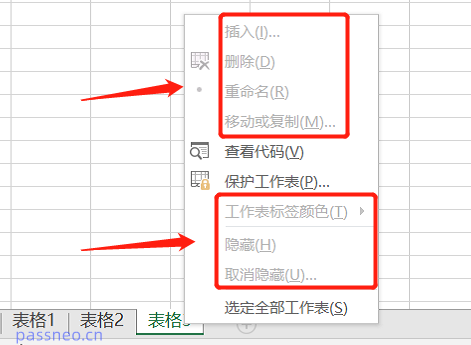
This "restricted editing" protection method is achieved by setting a password, so if you want to cancel the protection, you need to enter the originally set password. Click [Review] → [Unprotect Worksheet] in the Excel menu list, enter the password after the dialog box pops up, and click [OK]. The restrictions on both the workbook and the worksheet will be lifted.
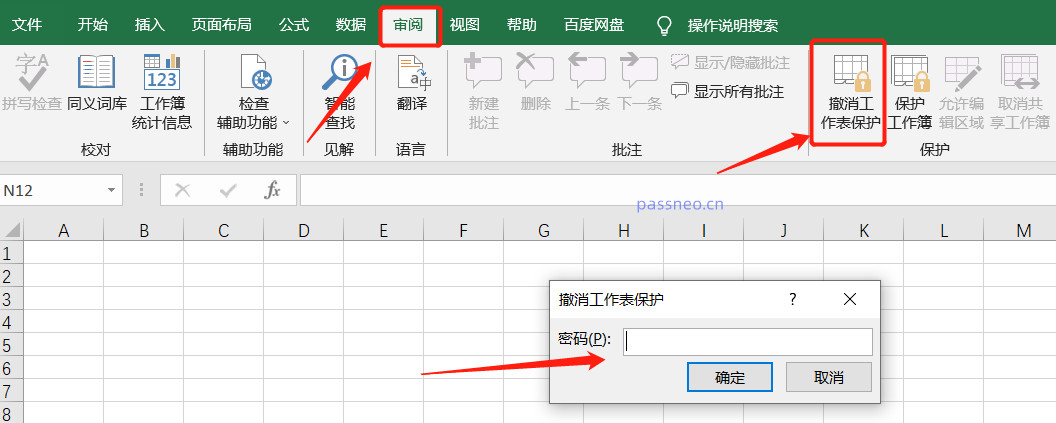
Second, the Excel worksheet can be edited and changed, but the original file cannot be saved.
This is to protect the file by setting Excel to "read-only mode". When opening the file, you will be prompted to enter a password, otherwise it will be opened in read-only mode.
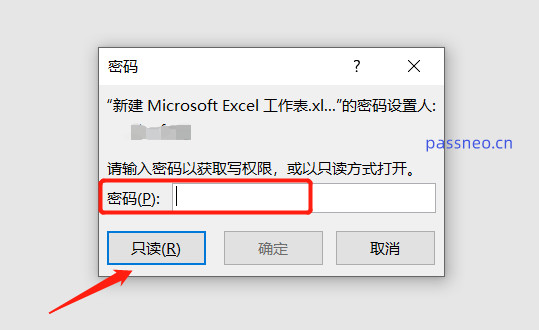
The Excel file in read-only mode can be edited and changed, but after closing the document, it will prompt that it cannot be saved with the original file name, that is, the original file cannot be saved.
If you want to remove this protection, there are two methods. One is to directly save Excel as a new file (the file name needs to be changed), and the new file will not have "read-only" protection; the other is to directly remove it. "Read-only" password.
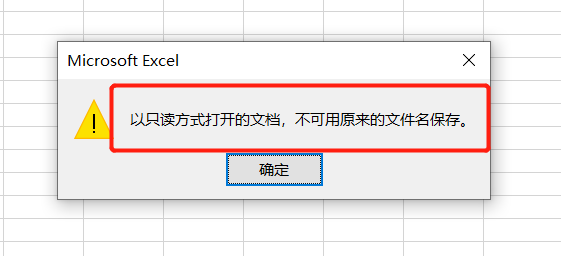
If you want to directly remove the "read-only" password, you need to enter the password to obtain editing permissions when opening Excel, then click the menu option [File] → [Save As], and then in the [Save As] dialog box, then Click [Tools] → [General Options];
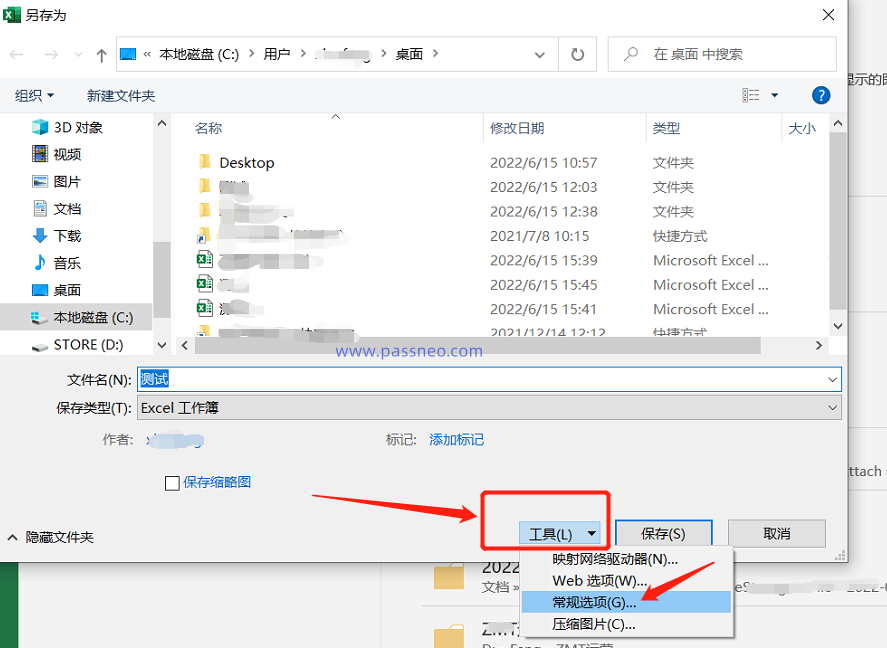
After the [General Options] dialog box pops up, you can see that there is a password in the [Modify Permission Password] column. You only need to delete the password, click [OK] and save the file. The "read-only" protection of the Excel table will be lifted. .
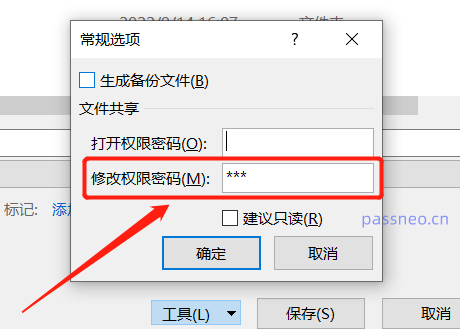
The third type, the "read-only mode" of Excel without password
Similar to the second method, Excel has set a password-less "read-only mode" protection mode. You can also edit and change the content, but you cannot save the original file.
In this mode, you do not need to enter a password after opening the Excel table. You can directly choose to open it in "read-only" or "editable" mode.

If you want to remove this protection, there are two methods. One is to save Excel as a new file (you need to change the file name), and the other is to remove it directly in the Excel file.
If you want to remove protection directly from the Excel file, when you need to open Excel, select "No" in the dialog box asking "Whether in read-only mode", and then click the menu option [File] → [Information] → [ Protect workbook] → [Always open as read-only], after saving the file, Excel's "read-only" protection will be lifted.
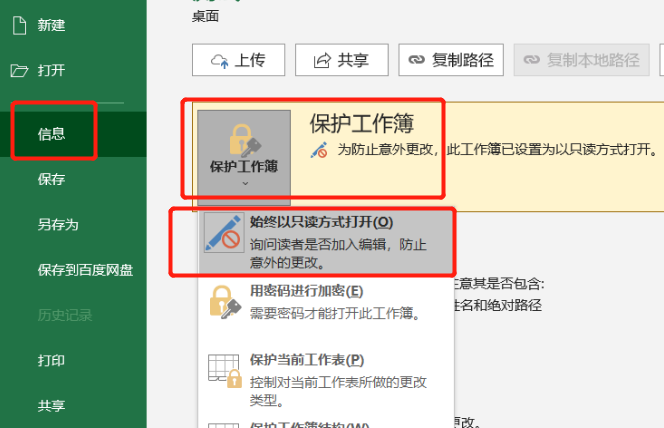
It should be noted that in the second and third cases, the "restriction protection" can be lifted without a password. In the first case, it can only be lifted by entering the originally set password.
If you forget the password for the first "restricted protection", we need to use tools to remove the protection. Taking Pepsi Niu Excel Password Recovery Tool as an example, you can directly remove the "restriction protection" of the Excel file without using a password, that is, all the three "restrictions" mentioned above can be removed.
You only need to select the [Unrestriction] module in the tool, and then import the protected Excel into the tool.
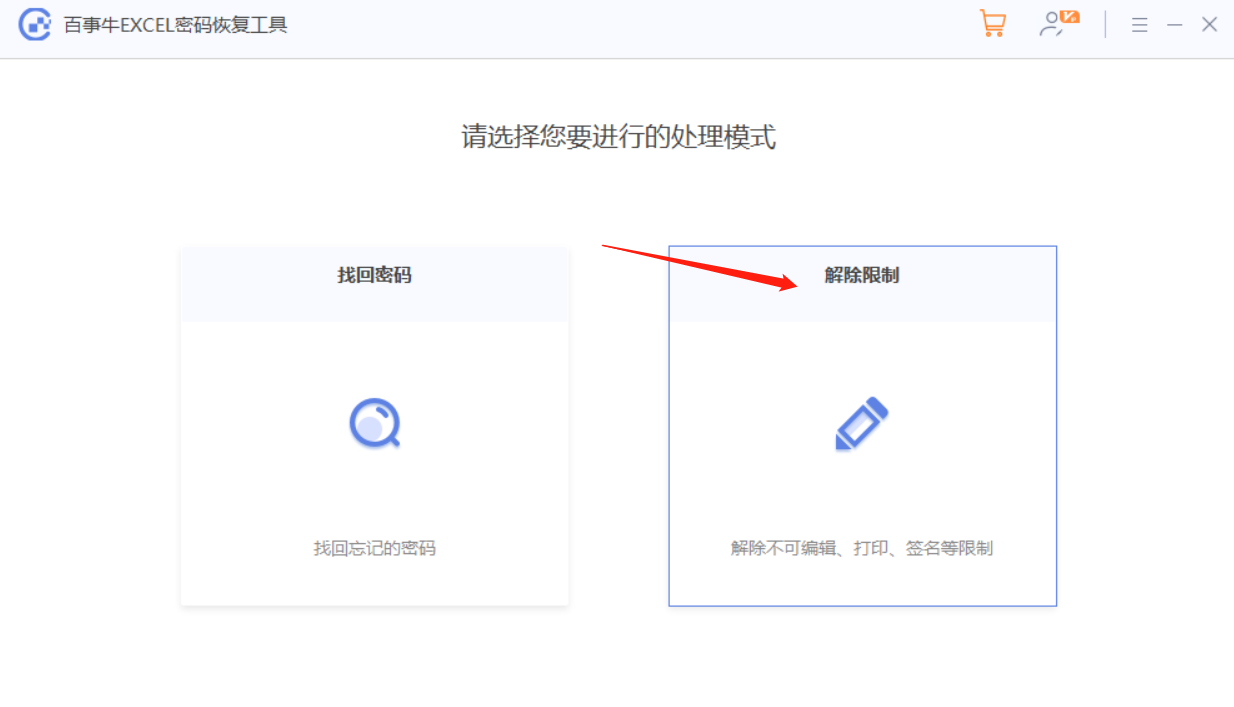
The above is the detailed content of I don't want the 'restriction protection” of the Excel table, how to cancel it?. For more information, please follow other related articles on the PHP Chinese website!

Hot AI Tools

Undresser.AI Undress
AI-powered app for creating realistic nude photos

AI Clothes Remover
Online AI tool for removing clothes from photos.

Undress AI Tool
Undress images for free

Clothoff.io
AI clothes remover

Video Face Swap
Swap faces in any video effortlessly with our completely free AI face swap tool!

Hot Article

Hot Tools

Notepad++7.3.1
Easy-to-use and free code editor

SublimeText3 Chinese version
Chinese version, very easy to use

Zend Studio 13.0.1
Powerful PHP integrated development environment

Dreamweaver CS6
Visual web development tools

SublimeText3 Mac version
God-level code editing software (SublimeText3)

Hot Topics
 1653
1653
 14
14
 1413
1413
 52
52
 1306
1306
 25
25
 1251
1251
 29
29
 1224
1224
 24
24
 If You Don't Rename Tables in Excel, Today's the Day to Start
Apr 15, 2025 am 12:58 AM
If You Don't Rename Tables in Excel, Today's the Day to Start
Apr 15, 2025 am 12:58 AM
Quick link Why should tables be named in Excel How to name a table in Excel Excel table naming rules and techniques By default, tables in Excel are named Table1, Table2, Table3, and so on. However, you don't have to stick to these tags. In fact, it would be better if you don't! In this quick guide, I will explain why you should always rename tables in Excel and show you how to do this. Why should tables be named in Excel While it may take some time to develop the habit of naming tables in Excel (if you don't usually do this), the following reasons illustrate today
 You Need to Know What the Hash Sign Does in Excel Formulas
Apr 08, 2025 am 12:55 AM
You Need to Know What the Hash Sign Does in Excel Formulas
Apr 08, 2025 am 12:55 AM
Excel Overflow Range Operator (#) enables formulas to be automatically adjusted to accommodate changes in overflow range size. This feature is only available for Microsoft 365 Excel for Windows or Mac. Common functions such as UNIQUE, COUNTIF, and SORTBY can be used in conjunction with overflow range operators to generate dynamic sortable lists. The pound sign (#) in the Excel formula is also called the overflow range operator, which instructs the program to consider all results in the overflow range. Therefore, even if the overflow range increases or decreases, the formula containing # will automatically reflect this change. How to list and sort unique values in Microsoft Excel
 How to change Excel table styles and remove table formatting
Apr 19, 2025 am 11:45 AM
How to change Excel table styles and remove table formatting
Apr 19, 2025 am 11:45 AM
This tutorial shows you how to quickly apply, modify, and remove Excel table styles while preserving all table functionalities. Want to make your Excel tables look exactly how you want? Read on! After creating an Excel table, the first step is usual
 How to Format a Spilled Array in Excel
Apr 10, 2025 pm 12:01 PM
How to Format a Spilled Array in Excel
Apr 10, 2025 pm 12:01 PM
Use formula conditional formatting to handle overflow arrays in Excel Direct formatting of overflow arrays in Excel can cause problems, especially when the data shape or size changes. Formula-based conditional formatting rules allow automatic formatting to be adjusted when data parameters change. Adding a dollar sign ($) before a column reference applies a rule to all rows in the data. In Excel, you can apply direct formatting to the values or background of a cell to make the spreadsheet easier to read. However, when an Excel formula returns a set of values (called overflow arrays), applying direct formatting will cause problems if the size or shape of the data changes. Suppose you have this spreadsheet with overflow results from the PIVOTBY formula,
 Excel MATCH function with formula examples
Apr 15, 2025 am 11:21 AM
Excel MATCH function with formula examples
Apr 15, 2025 am 11:21 AM
This tutorial explains how to use MATCH function in Excel with formula examples. It also shows how to improve your lookup formulas by a making dynamic formula with VLOOKUP and MATCH. In Microsoft Excel, there are many different lookup/ref
 Excel: Compare strings in two cells for matches (case-insensitive or exact)
Apr 16, 2025 am 11:26 AM
Excel: Compare strings in two cells for matches (case-insensitive or exact)
Apr 16, 2025 am 11:26 AM
The tutorial shows how to compare text strings in Excel for case-insensitive and exact match. You will learn a number of formulas to compare two cells by their values, string length, or the number of occurrences of a specific character, a
 How to Use Excel's AGGREGATE Function to Refine Calculations
Apr 12, 2025 am 12:54 AM
How to Use Excel's AGGREGATE Function to Refine Calculations
Apr 12, 2025 am 12:54 AM
Quick Links The AGGREGATE Syntax




